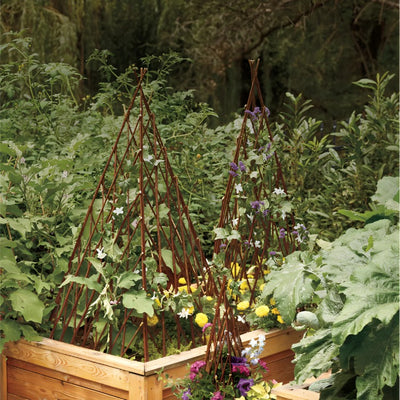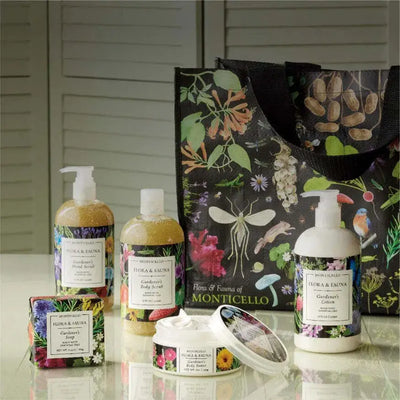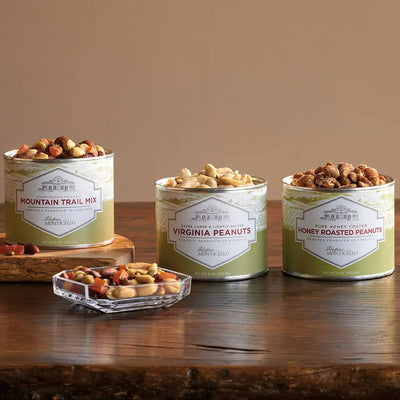Deciduous North American shrub
Description: Produces male flowers in late spring for pollinating female, berry producing plants; dark green foliage turns yellow in autumn
Habit: Grows 3'-6' tall and 4'-8' wide; suckering
Culture: Prefers moist, acidic soils high in organic matter and full sun to part shade
Hardiness: USDA Zones 3 through 9
Origin: North America
Attributes: Winter berries, rain garden, attracts birds.
This native shrub, also known as "black alder", ranges from Newfoundland to Minnesota, south to Georgia and Tennessee and is typically found in swamps and by ponds.
It was introduced to European gardens in 1736. Writing to Philadelphia plant collector William Hamilton in March, 1808, Thomas Jefferson referred to a recent shipment of plants that included "12 Winter berry (Prinus verticillatus [sic])", and noted that "the swamps in this neighborhood are now red with this berry" (the shrub was initially given the name Prinos verticillatus by Linnaeus). Garden historian Ann Leighton believes this is the "Red Berry" George Washington looked for when riding out to find movable shrubs and trees for Mount Vernon.
One 'Jim Dandy' can pollinate up to 10 female Winterberry Hollies, and is recommended for the female 'Maryland Beauty'. zone3,zone4,zone5,zone6,zone7,zone8,zone9









